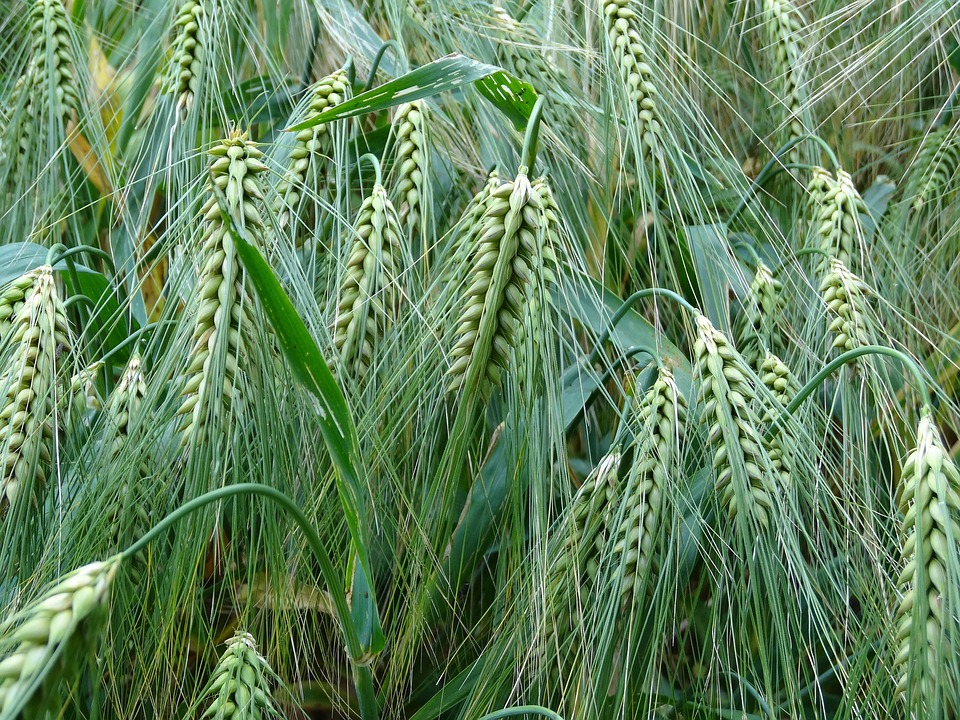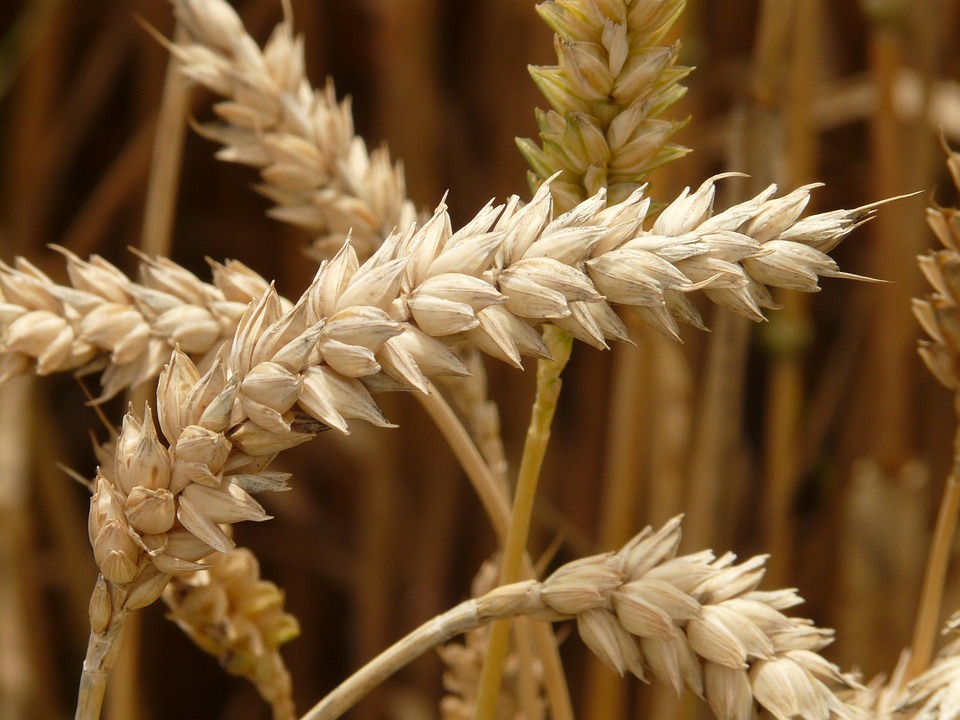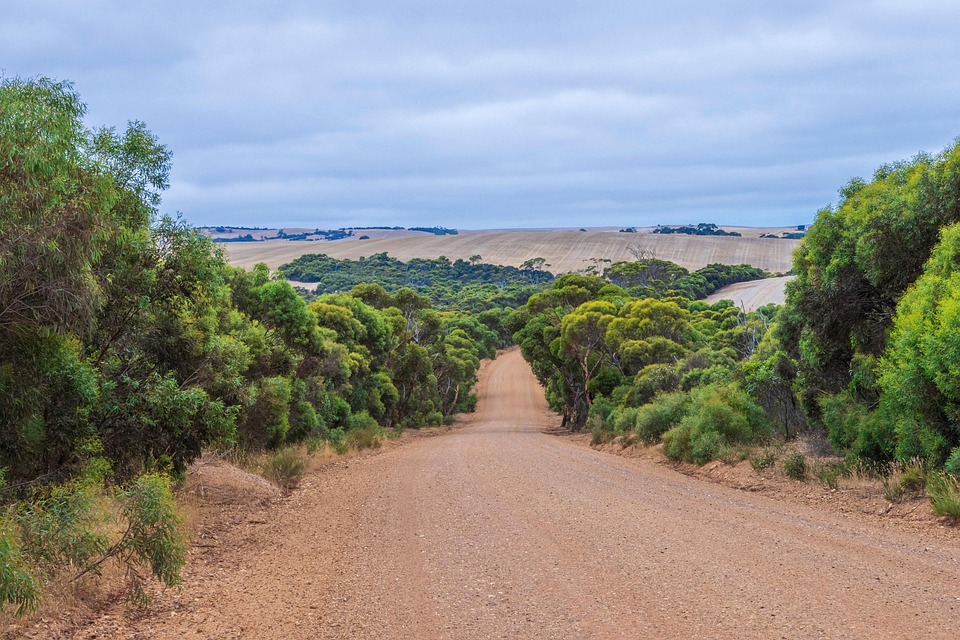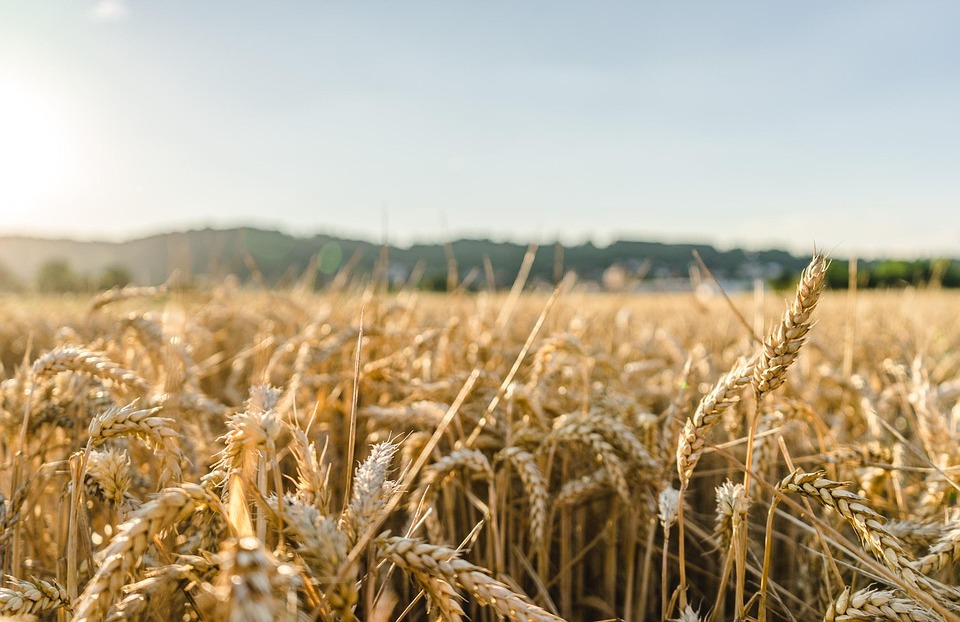**Planting for the Planet: Sustainable Choices for Every Gardener**
# Planting for the Planet: Sustainable Choices for Every Gardener The sun peeked over the horizon as I stepped out into the dew-kissed morning, a basket woven from last season’s harvest slung over my arm. The garden was alive with color, each bloom a testament to nature’s resilience and beauty. It’s a simple joy, witnessing the powerful union between humanity and nature as I sow seeds that promise nourishment not just for my family but for the planet. This connection motivates every gardener to embrace sustainable practices, and I am thrilled to share how you can join in on this enriching journey. ## The Essence of Sustainable Gardening Gardening extends beyond mere aesthetics; it’s an opportunity for everyone to play a part in restoring the environment. Sustainable gardening embodies practices that maintain ecological balance while providing food and beauty. By selecting native plants, practicing permaculture, and minimizing waste, every gardener can contribute to a healthier planet. When you plant a garden focused on sustainability, you’re participating in a larger movement toward environmental stewardship. ### Embracing Native Plants One of the simplest yet most impactful choices a gardener can make is to plant native species. These are the plants that evolved in your region, adapted to local soil types and weather conditions. Native plants require less water, fertilizers, and pesticides, effectively reducing resource consumption. They also provide habitats for local wildlife, supporting pollinators, birds, and beneficial insects. **Pros of Planting Native Species:** 1. **Low Maintenance:** Once established, native plants generally require minimal care, allowing you to enjoy your garden without the constant upkeep. 2. **Biodiversity Boost:** Attracts fauna that balances the ecosystem, making your garden a vibrant hub of life. 3. **Soil Health:** Native plants often promote healthier soils, preventing erosion and aiding water retention. ### Companion Planting for Diversity Companion planting involves growing different plants together for mutual benefit. This age-old technique enhances biodiversity, minimizes pests, and maximizes space. For example, planting basil alongside tomatoes can improve tomato yield and flavor while warding off pests! **Popular Companion Pairings:** – **Carrots & Onions**: Onions deter carrot flies, while carrots naturally repel onion flies. – **Marigolds,** with their pest-repelling properties, are excellent companions for virtually any vegetable. – **Nasturtiums** not only attract aphids away from other plants but also add a splash of color and edibility to your garden. ### Resources Over Turfs: Urban Gardening Made Easy For those with limited space, urban gardening can be an excellent way to promote sustainability. Utilize containers, vertical gardens, or raised beds to create a lush environment, even in small areas. Here are some tips to get started: – **Containers**: Choose deep pots for root vegetables or herbs, and ensure they have drainage holes. – **Vertical Gardens**: Utilize wall space with planters or hanging pots—perfect for herbs, strawberries, and more. – **Community Gardens**: If you lack space at home, consider joining or starting a community garden to share resources and knowledge. ### The Role of Permaculture Permaculture—permanent agriculture—represents a holistic approach to gardening, emphasizing ecological and sustainable practices. By observing natural ecosystems, gardeners can create self-sustaining systems that require minimal inputs. **Key Principles of Permaculture:** 1. **Interconnected Systems**: Design your garden with a focus on relationships between plants, animals, and the environment. 2. **Multi-Layered Gardening**: Incorporate a variety of plants in different layers to optimize sunlight and space while increasing biodiversity. 3. **Closed-Loop Systems**: Recycle waste materials, compost, and use gray water to create a self-sufficient gardening environment. ### Water Conservation Techniques Gardening sustainably isn’t just about plant selection; it’s also about efficient resource usage. Water conservation is critical in developing a garden that supports the environment. Here are some practical methods: – **Rainwater Harvesting**: Set up barrels to collect rainwater for irrigation. This method not only conserves water but reduces runoff. – **Drip Irrigation**: A drip system delivers water directly to the roots of plants, minimizing evaporation and wasting water. – **Mulching**: Applying a layer of organic mulch around your plants retains moisture and suppresses weeds, ensuring a healthier garden. ### Composting for Rich Soil Turning kitchen scraps into nutrient-rich compost is one of the most rewarding aspects of sustainable gardening. Composting reduces waste, enriches the soil, and enhances biodiversity in your garden. Set up a simple compost pile or invest in a compost bin; either way, you’ll appreciate the benefits. **What to Compost:** – Fruit and vegetable scraps – Coffee grounds and filters – Eggshells – Grass clippings and dried leaves **What Not to Compost:** – Meat and dairy products – Oily foods – Pet waste ### Pesticide Alternatives Many gardeners feel overwhelmed by the threat of pests, often reaching for chemical pesticides that harm the ecosystem. Instead, consider natural alternatives that are equally effective: – **Neem Oil**: A natural insect repellent that disrupts the life cycle of pests. – **Diatomaceous Earth**: This non-toxic substance can deter pests while being safe for plants and beneficial insects. – **Homemade Sprays**: Simple mixtures of water, soap, and cayenne pepper can deter unwanted critters without harming your crops. ### Eco-Friendly Gardening Tools To uphold the ideals of sustainable gardening, choose tools made from eco-friendly materials. Opt for wooden handles, stainless steel heads, and natural fibers. Tools that are durable not only last longer but also reduce waste. Consider investing in quality over quantity, as a well-maintained tool can last a lifetime. ### Fun Gardening Activities for the Whole Family Engaging in sustainable gardening doesn’t need to be a solo endeavor—it can be a fantastic family activity too! Here are a few fun ideas: – **Seed Starting Parties**: Host a seed-starting gathering where the whole family can plant their favorite seeds. Make it festive with snacks and music, turning the event into a celebration of growth! – **Garden Art**: Encourage creativity by painting rocks to serve as plant markers or crafting bird feeders from recycled materials. – **Scavenger Hunts**: Turn gardening tasks into a scavenger hunt. This not only makes chores fun but also encourages kids to learn about plants and their roles in the ecosystem.










